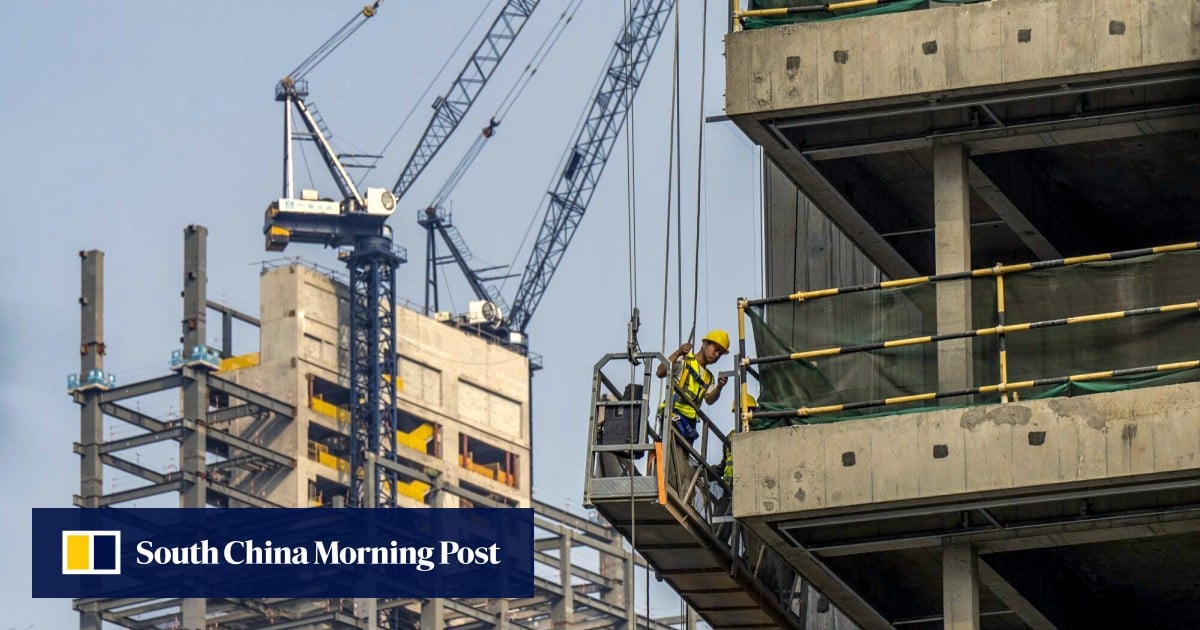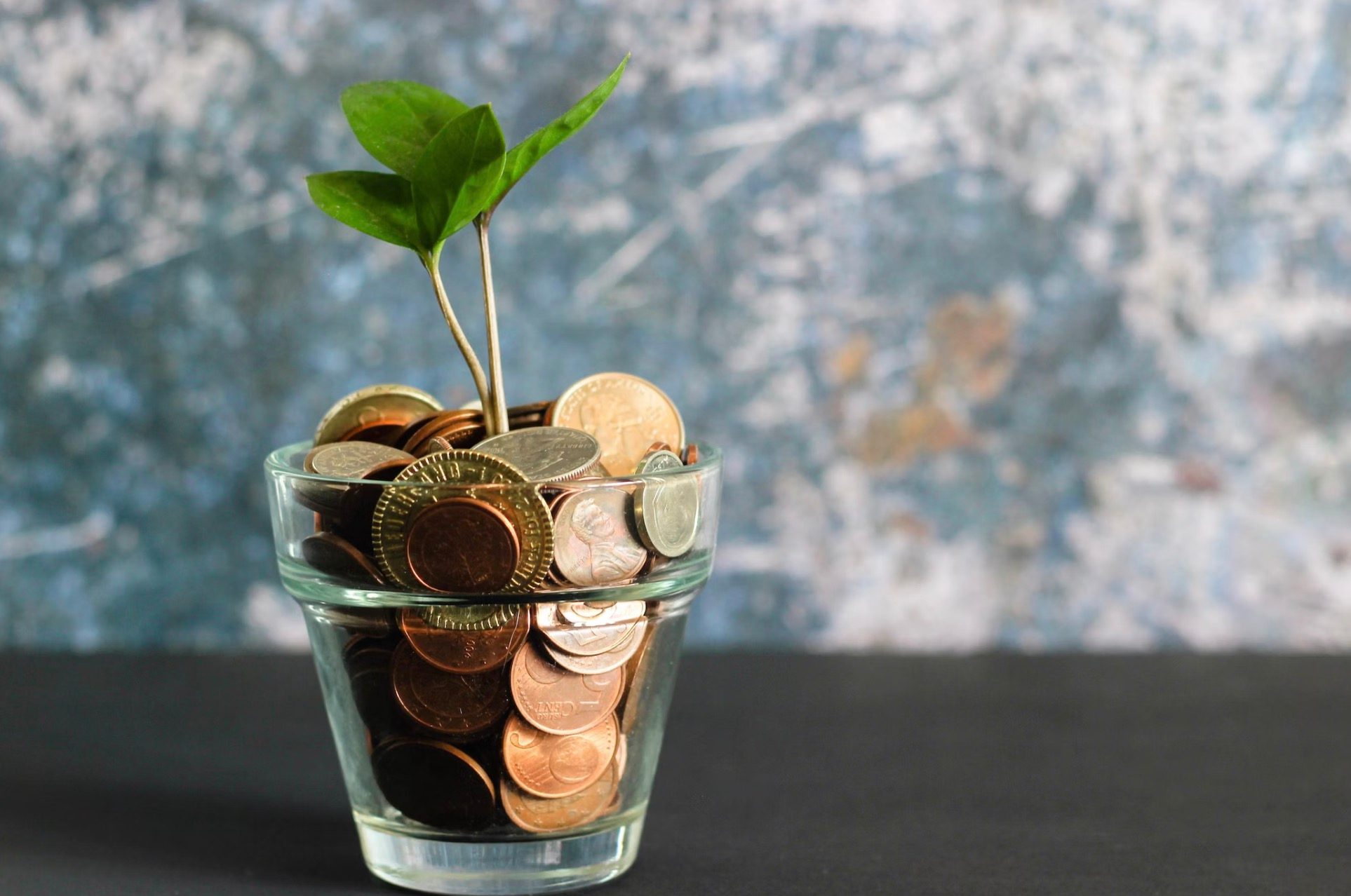MANILA/TOKYO — Southeast Asian countries are set to expand imports of liquefied natural gas as the depletion of domestic gas reserves looms, setting the stage for a realignment in the global LNG market.
In the Philippines, major power utility First Gen begins construction on a $300 million offshore LNG intake terminal this month near Batangas, a port city in the southern portion of the main island of Luzon. The large-scale project is the first of its kind for the nation.
“This is particularly important given the declining supply of the Malampaya resource, which the Philippines relies on for natural gas,” said Jon Russell, chief commercial officer at First Gen, in a written interview. Malampaya, the Philippines’ sole gas field, is expected to run out by 2027.
First Gen will also redevelop an existing jetty into a multipurpose facility that will connect to the floating unit via an onshoring pipeline. LNG imports are slated to begin in the third quarter of 2022.
The LNG “may come from many possible locations, including the Middle East, North America, Australia, Africa and Russia,” Russell said.
The so-called floating storage regasification unit not only costs less to build than an onshore terminal but takes less time to construct. With an offshore carrying capacity of 162,400 cu. meters, the project will be one of the LNG industry’s biggest.
First Gen is partnering with Tokyo Gas on the floating-terminal project. With Japan as the world’s top LNG buyer, Tokyo Gas has built up years of expertise in importing the fuel and operating terminals.
“We’ll utilize our strength and track record in the spread of LNG infrastructure in Southeast Asia,” said Ken Yoshihara, chief of Tokyo Gas’ representative office in Manila.
The looming depletion of the Malampaya gas field exposes the Philippines to a risk of power shortages in the future. Natural gas accounts for 20% of the country’s power generation, and electricity demand is projected to rise at least 5% a year through 2040.
There are plans to develop new gas fields, but that option is plagued by uncertainties due to disputes over territorial rights in the South China Sea — namely with China.
LNG, on the other hand, is highly anticipated to become a stable source of energy. Russell suggests that First Gen will further expand intake beyond the floating-terminal project.
“First Gen will use its experience to introduce LNG to different parts of the Philippines, and is open to the possibility of utilizing its LNG experience and knowledge to develop international LNG projects,” he said.
LNG is gaining traction as a fossil fuel of choice, since it emits less carbon dioxide than coal. Thailand is also moving to boost imports of LNG through both the public and private sectors.
State-owned PTT, formerly the Petroleum Authority of Thailand, used to maintain a virtual monopoly on LNG imports, but the government in 2020 awarded licenses to trade in LNG to private-sector utility Gulf Energy Development, as well as B.Grimm Power.
By opening up the LNG market, Thailand seeks to diversify supplies, bring in cheaper fuel and promote the domestic business.
Thailand’s native production of natural gas is also tracing a path toward depletion. LNG imports began in 2011, and plans are to bring in about 32 billion cu. meters in 2037 — more than six times the 2018 volume. The LNG will come from nearby Malaysia as well as the Middle East.
Although Vietnam has yet to import LNG, the Petrovietnam group, the largest state-owned oil company, plans to start up an LNG terminal in the southern province of Ba Ria-Vung Tau as early as 2022. The site is among 10 or so LNG terminals in the works.
Southeast Asia accounted for about 5% of global LNG demand in 2020, according to Yutaka Shirakawa of the Japan Oil, Gas and Metals National Corp. This is seen growing to around 13% in 2030, driving worldwide demand.
For Japan, which consumes around a fifth of the world’s LNG, and China, which is quickly stepping up procurement, Southeast Asia will become too important to ignore.
The region including the Association of Southeast Asian Nations, India and Asia-Pacific countries other than China, Japan and South Korea will double LNG imports in 2023 compared with 2017, according to the International Energy Agency. Much of the increase will be driven by Southeast Asia’s demand.
The trend will present Asian energy groups with plenty of business opportunities. Tokyo Gas expects to triple profit in overseas operations by 2030. Vietnam, Indonesia and the Philippines in particular are anticipated to drive earnings.
Such Japanese trading houses as Marubeni and Tokyo-based petroleum company Eneos Holdings are participating in LNG terminal and thermal power plant projects in Southeast Asia as well.
ASEAN will likely have a stronger impact on the LNG market in the future. The Asian LNG spot rate, which closely reflects supply-demand balance, is now 80% above the most recent trough in February.
Although long-term contracts predominate in big LNG contracts, the mounting consumption from Southeast Asia and China will likely lift prices in the overall market. The summer bump in LNG demand will compound the dynamic.
“Asian demand as a whole will expand,” Jogmec’s Shirakawa said.





